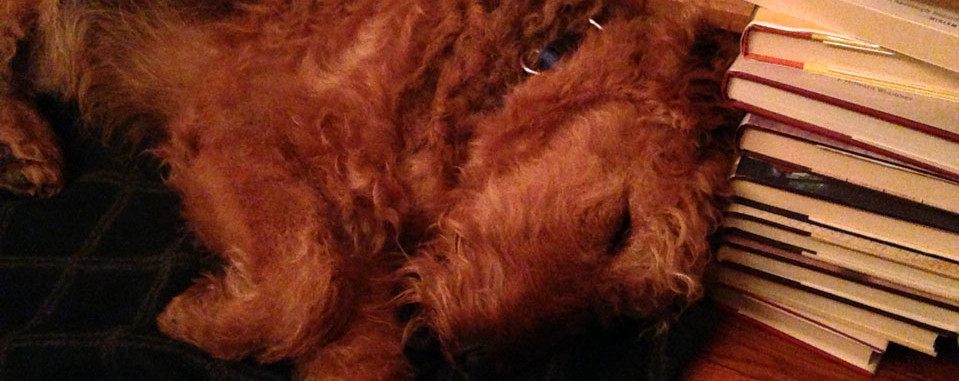
Francoise Gilot was lover and muse of Pablo Picasso in the 1940s and 50s, and mother of two of his children. She was a gifted painter herself. Her insights into both the artistic process and behind-the-scenes with the personalities in the art world are absorbing and authentic. Look up her memoirs and other books for works of both technical and emotional accuracy about the art realm. (1)
Steve Martin is no Francoise Gilot. The eclectic modern Renaissance man Steve Martin doesn’t exactly need my defence or support of his take on the art world. The preternaturally accomplished actor, comedian, writer, playwright, art collector, musician (and who knows what else he’ll master on a seeming whim, like his facility with Twitter via @SteveMartinToGo) likely won’t be stymied and in fact would be rather existentially amused by any of his works provoking vitriol. Inexplicably, his novel An Object of Beauty seems to have excited criticism in some quarters (2) that his story is not technically and historically accurate. This reader respectfully contends that is neither the point nor an impediment to an elegant and enjoyable read here.
The protagonist of An Object of Beauty is Lacey Yeager. She is an up-and-coming young art dealer making her way in the late 1990s world of the high-end art trade in New York City through a combination of rapidly acquired knowledge and experience, craftiness, chutzpah and fairly carefully wielded personal charms.
“Lacey’s uptown moves, high-style reserve with a playful edge, had been perfected, but she hadn’t used her downtown moves – fearless sexuality with a flapping fringe of pluck and wit – in a long time.”
She balances the personal and professional with clear-eyed calculation, skewing decidedly towards the professional. Her machinations and survivor’s instincts are the most intriguing aspects of this story. Lacey’s premeditation paints her (pun intended) as essentially amoral, while paradoxically quite warm-blooded in other respects. Interestingly, Martin accentuates Lacey’s rather flat affect by not directly using her voice, but having art journalist Daniel Franks, an ex-lover of Lacey’s, tell the tale. While obviously still enamoured of this intrepid if slightly off-putting heroine, Daniel is less Nick Carraway to Lacey’s Gatsby than he is the authorial voice of Thackeray to the self-reliant and cunning Becky Sharp. Martin holds his heroine considerably less in awe than either of the narrators of The Great Gatsby and Vanity Fair, but certainly An Object of Beauty invites valid if less profound comparisons to the complicated and nuanced social strata of both of those classics.
Martin’s airy, but not unintelligent, rather emotionless touch neither bogs down nor condescends to the reader, either about the rarified milieu in which the story is set or about the thoughts and feelings of the players in that milieu. (And no, the inclusion of small reproductions of works mentioned in the story are not Modern Art 101 condescension, either. They are helpful and elegant additions to the reading experience.) However, does the narrative distancing make the story bloodless, and therefore does the reader feel no connection to either story or characters? Apart from some wistful regret for Daniel and art collector Patrice Claire, both who seem to genuinely care for Lacey … indeed, the story is rather emotionally disconnected from its characters. That said, it is still an informative exploration of a particular world at a particular time, digestible and sufficiently absorbing perhaps because it travels light.
In An Object of Beauty, it seems that the strongest feelings are not between people, but for the art, even if that fascination is not always the most fully articulated:
“Well, the water, to me, represents the earth and all the things that happen on the earth, reality. And the moonlight represents our dreams and our minds.”
“And …”
“And the reflection … well, I guess the reflection represents art. It’s what lies between our dreams and reality.”
This light, elegant book will still entertain and even edify without much more in-depth reflection than that.
Notes
1. Francoise Gilot’s Matisse and Picasso – A Friendship in Art (1990) is splendid:
http://query.nytimes.com/gst/fullpage.html?res=9C0CE2D81538F935A25751C1A966958260
2. Chelsea Girl, review of An Object of Beauty, by Steve Martin, by Andrew Butterfield
The New Republic, December, 22, 2010
http://www.tnr.com/book/review/chelsea-girl

This book also happened to be my first complete digital book reading experience. It was the first book I purchased and read on our recently acquired iPad, ordered through the Apple iBooks app. It was a quick, breezy, rather pleasant experience, with not quite the tactile engagement of holding a real book and flipping real pages, but it wasn’t bad. Was it an enjoyable experience because I chose a light read? Are comparative light reads most conducive to the ebook reading experience? Since then, I’ve started reading George Eliot’s The Mill on the Floss on the iPad. I like the book, but am finding the reading to be much slower going.Coincidence? Well, it’s a small sample size thus far with which to posit any theories or correlations, I suppose.